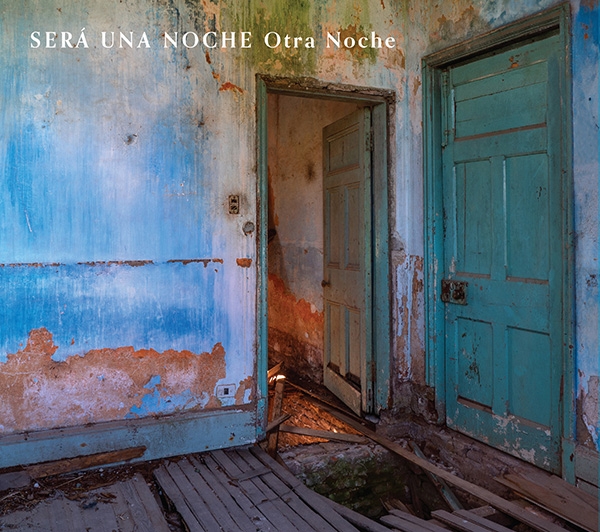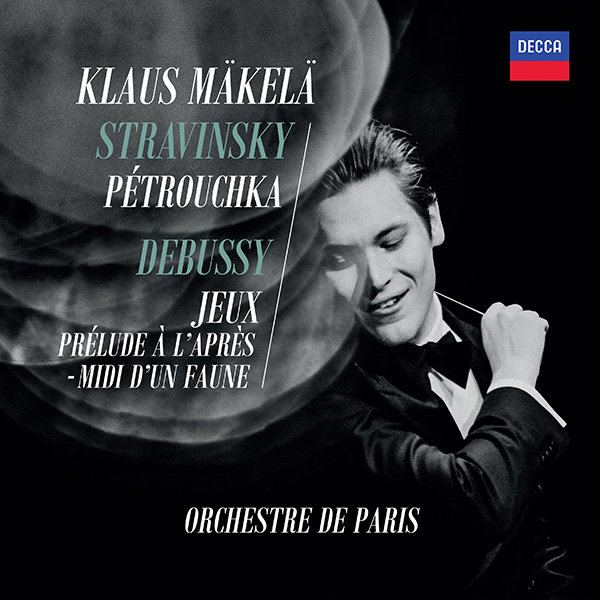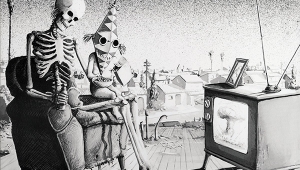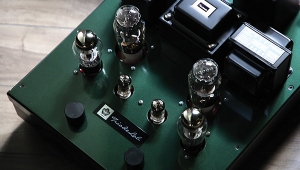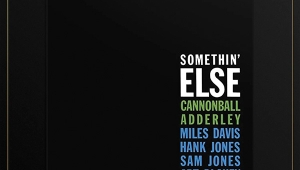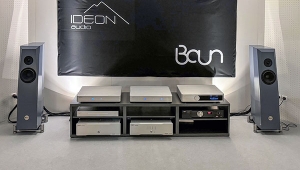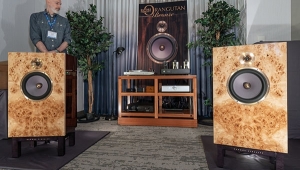| Columns Retired Columns & Blogs |
FWIW, Jerry Bruck's recording of Horenstein's M3/D&T was recorded in 4 channels with the microphones in a tetrahedral array and is also offered in multichannel by HDTT. Default routing will offer a nicely expanded soundspace with a multichannel playback system but that is not exactly how it was intended.
In the delivered multichannel files, left and right front are as expected. What is conveyed by the right rear channel is from a third microphone that was above the first two and aimed straight up; ideally, those who have the facility to do so should route this to an overhead speaker. The left rear channel is from the fourth microphone in the same horizontal plane as the L/R but aimed in the opposite direction; this signal should be routed to a center rear speaker or, as in my case, to both left and right surround speakers.
With this setup, one gets an even greater appreciation of the soundspace but also of the details within it and the concomitant expansion of the dynamics. It may not equal what can be done today but it is certainly amazing for a performance from more than 50 years ago.
